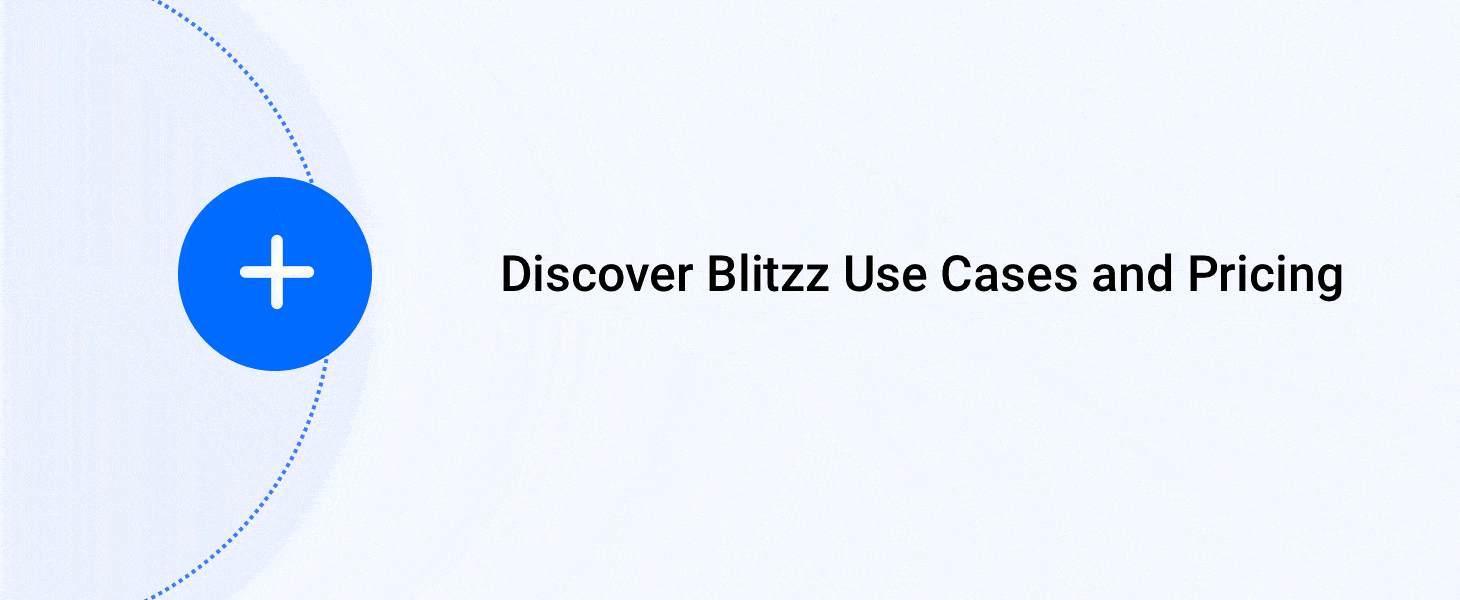The 4 Best Remote Visual Inspection Tools to Level Up Customer Service
Chances are, you may have heard about Digital Transformation. This shift is about more than just onboarding new software solutions, it is a cultural upheaval, forcing businesses to think about more agile and efficient ways of operating. Companies that resist this cultural shift will struggle to survive.
You are dedicated to doing what is best for your business. These days, that means staying at the forefront of technological solutions to age-old problems. One of those exciting new solutions is remote visual inspections. But what tools do you need in place to see the advantages of remote video inspections for your business?
This post will cover the four essential tools you need your remote visual inspection solution to include. After reading, you’ll have a strong understanding of what features you need to conduct effective remote video inspections.
Remote Visual Inspection Tools for Excellent Customer Service
First, let’s define exactly what a remote visual inspection is. A remote visual inspection is a process by which an inspector examines a piece of machinery or equipment from afar using technology. This type of inspection has taken off during the COVID-19 pandemic, as it allows inspectors to do their work without exposing themselves or their customers to sickness. In this way, remote inspections keep inspectors and clients safe in situations where the machinery in question is too dangerous to properly examine up close.
Related Read: Remote Video Inspections For Industrial and Manufacturing
Blitzz offers one of the most comprehensive remote visual inspection tools on the market. We understand the importance of ensuring that your remote inspections are just as thorough and effective as inspections done with an employee on-site. To see how our platform can help with your remote inspection needs, start a free 14-day trial of our platform.
Now, let’s dive into the tools every quality remote visual inspection platform should come equipped with.
Tool 1: Camera
An on-site camera is the first - and possibly most obvious - tool you’ll need to conduct an inspection remotely. The camera can be fixed if the inspection area is small and must be checked often enough to warrant a permanent fixture. Still, most often, the camera will be located on the mobile device of the customer or client receiving the inspection.
In remote visual inspections, the camera is your inspector’s eyes on-site. Ensure that the camera in question has enough megapixels for your inspector to get a good look at the equipment they are inspecting. Thankfully, most modern mobile phones and tablets come equipped with quality cameras.
Tool 2: Purpose-built Video Platform
An on-site camera won’t do your inspector much good if they don’t have access to the images it captures. This is why the second piece of equipment you’ll need for your remote visual inspections is a video chat or meeting platform.
The function of the meeting platform is to connect your inspector with the on-site personnel. You’ll need to select a platform that has both audio and video capabilities at a minimum. However, you will likely find that a conferencing application like Zoom or Facetime is not robust enough to handle the needs of a remote visual inspection.
Tool 3: Augmented Reality Functionality
The third essential tool you’ll need to conduct high-quality remote visual inspections is augmented reality. In a remote video inspection, AR is the element that will enable you to replicate or surpass the quality of an on-site inspection. AR includes things like pointers, lines, or text that appear on-screen for your client, superimposed on the images from their camera’s viewfinder.
AR is what will ultimately guide your client through the inspection. If the camera acts as your inspector’s eyes on-site, AR will be the inspector’s hands. These features will allow your inspector to walk the client through the necessary steps and help them to focus their attention and the camera’s viewfinder on certain parts of the equipment you are inspecting for them.
Blitzz incorporates augmented reality to help field service workers and inspectors across industries.
Tool 4: Recording and Reports
The last tool you will need to conduct your remote inspection is recording and reporting functionality. This tool will allow you to send the client the results of their inspection and follow up with any recommended or required courses of action they should take as a result of the inspection’s findings.
Additionally, your recording and reporting tool should keep a detailed record of all your inspections on file. This record-keeping will allow you to minimize liability and risk by clearly indicating the findings you reported to your clients. One benefit of remote video inspections is that, if they do not take the necessary steps to correct issues with the equipment, you will have a record of your remote visual inspection - and your recommendations - on file.
Using Remote Visual Inspection Tools to Level Up Customer Service
With these tools in hand, you should have all the resources you need to offer amazing remote visual inspections that your customers will love. Give your customers the convenience and flexibility of a remote inspection, with all the quality and effectiveness of an in-person inspection.
Blitzz offers all four of these tools and more. Our platform is quick to onboard and simple to use. But don’t take our word for it - start your free 14-day trial today and see the benefits for yourself!



.jpg)
%20(1).jpg)